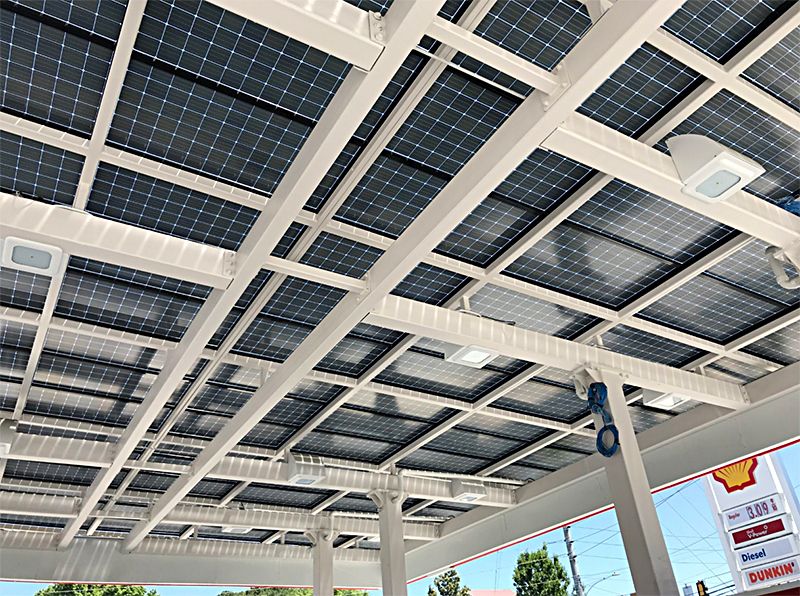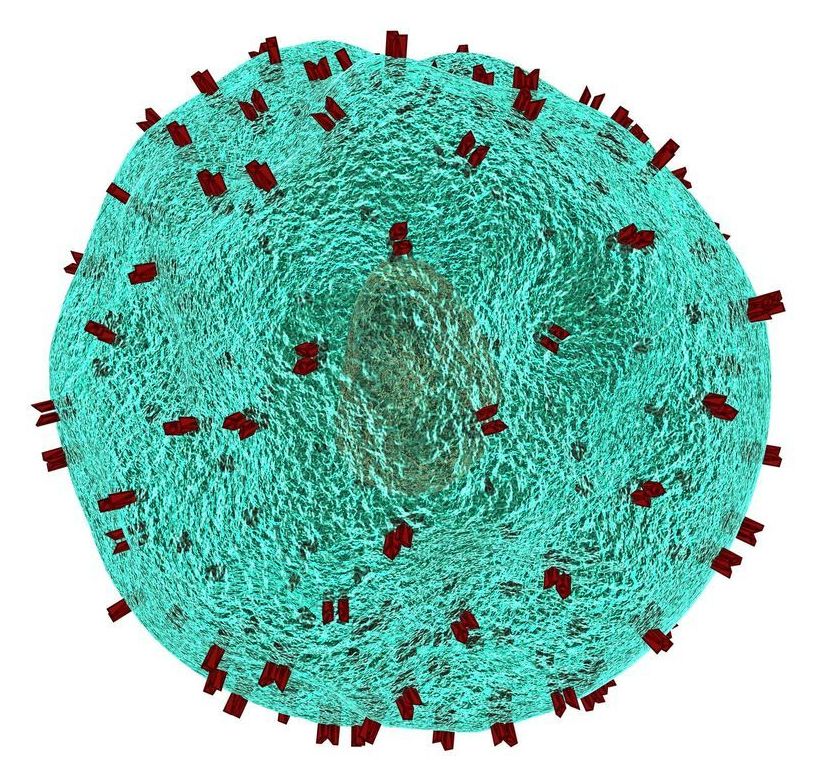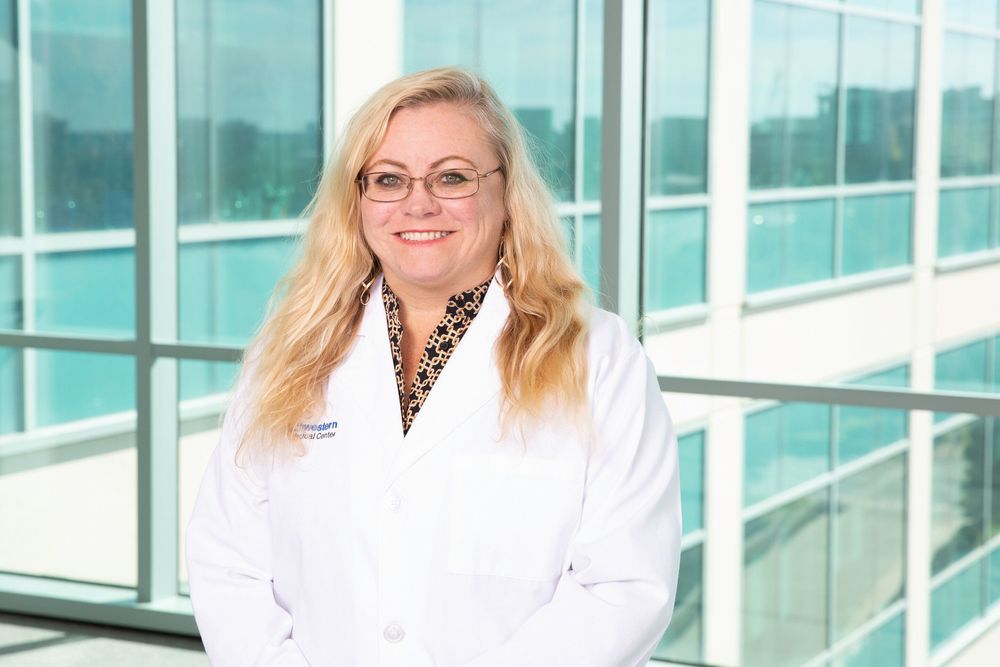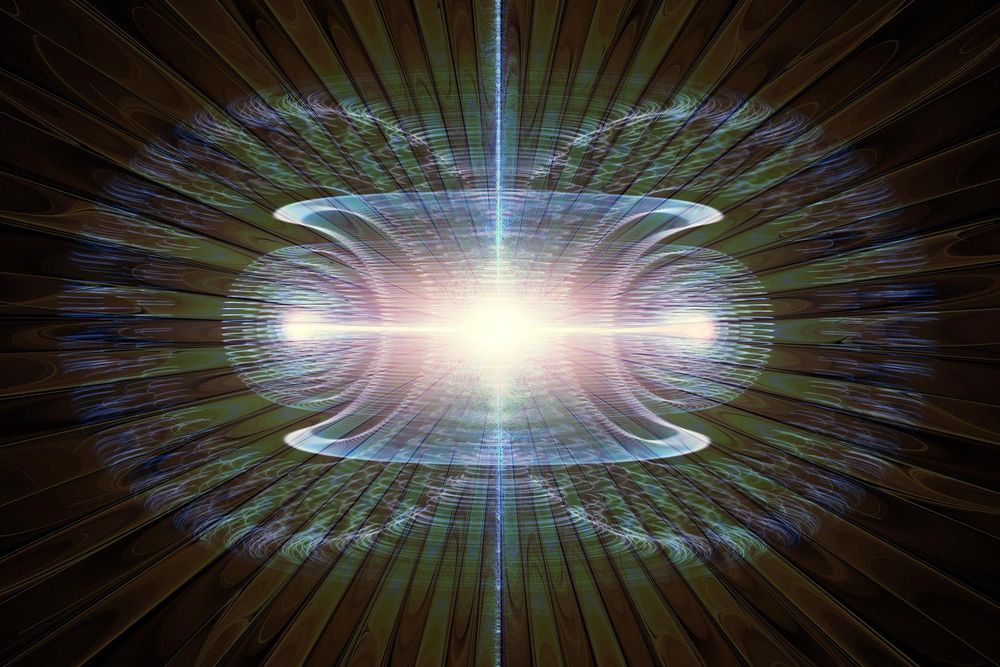Page 8077
Dec 24, 2019
Solar power from ‘the dark side’ unlocked by a new formula
Posted by Dan Kummer in categories: solar power, sustainability
Engineers calculate the ultimate potential of next-generation solar panels
WEST LAFAYETTE, Ind. — Most of today’s solar panels capture sunlight and convert it to electricity only from the side facing the sky. If the dark underside of a solar panel could also convert sunlight reflected off the ground, even more electricity might be generated.
Double-sided solar cells are already enabling panels to sit vertically on land or rooftops and even horizontally as the canopy of a gas station, but it hasn’t been known exactly how much electricity these panels could ultimately generate or the money they could save.
Dec 24, 2019
Researchers identify immune-suppressing target in glioblastoma
Posted by Paul Battista in categories: biotech/medical, neuroscience
Researchers at The University of Texas MD Anderson Cancer Center have identified a tenacious subset of immune macrophages that thwart treatment of glioblastoma with anti-PD-1 checkpoint blockade, elevating a new potential target for treating the almost uniformly lethal brain tumor.
Their findings, reported in Nature Medicine, identify macrophages that express high levels of CD73, a surface enzyme that’s a vital piece of an immunosuppressive molecular pathway. The strong presence of the CD73 macrophages was unique to glioblastoma among five tumor types analyzed by the researchers.
“By studying the immune microenvironments across tumor types, we’ve identified a rational combination therapy for glioblastoma,” says first author Sangeeta Goswami, M.D., Ph.D., assistant professor of Genitourinary Medical Oncology.
Dec 24, 2019
Researchers develop new method that could facilitate cancer diagnosis
Posted by Paul Battista in categories: biotech/medical, genetics
Researchers led by the European Molecular Biology Laboratory (EMBL) in Heidelberg and the Center for Bioinformatics at Saarland University in Saarbrücken, Germany, have developed a cheaper and faster method to check for genetic differences in individual cells. It outperforms existing techniques with respect to the information received. This new method could become a new standard in single-cell research, and potentially for clinical diagnosis in disease genetics, including cancer. The results have been published in Nature Biotechnology.
“Our new method to study genetic variations in individual cells could transform the field of mutation detection,” says Ashley Sanders, one of the lead authors of the study, working at EMBL Heidelberg, Germany. The method she and her colleagues developed, termed single cell tri-channel processing (scTRIP), allows them to study genetic variations within the DNA of a single cell and measure genetic variations directly as they form in new cells. In contrast to existing methods that were able to detect only large-scale changes in the genome, scTRIP can detect small-scale changes along with many types of genetic variations that were invisible using other single-cell methods.
The researchers tested their method in patient-derived leukemia cells. In their sample, the team found four times more variants in the patient than were detected by standard clinical diagnostics. These included a missed clinically relevant translocation that drove the overexpression of a cancer-causing gene. They also observed a catastrophic chromosome rearrangement that was missed in the initial leukemia diagnosis. It probably occurred when a single chromosome shattered and was then glued back together in a rearranged order.
Dec 24, 2019
Plant-rich diet protects mice against foodborne infection, researchers find
Posted by Paul Battista in categories: food, health
Mice fed a plant-rich diet are less susceptible to gastrointestinal (GI) infection from a pathogen such as the one currently under investigation for a widespread E. coli outbreak tied to romaine lettuce, UT Southwestern researchers report. A strain of E. coli known as EHEC, which causes debilitating and potentially deadly inflammation in the colon with symptoms such as bloody diarrhea and vomiting, is implicated in several foodborne outbreaks worldwide each year.
“There has been a lot of hearsay about whether a plant-based diet is better for intestinal health than a typical Western diet, which is higher in oils and protein but relatively low in fruits and vegetables,” says Vanessa Sperandio, Ph.D., professor of microbiology and biochemistry at UT Southwestern. “So we decided to test it.”
Her study on a mouse model of EHEC is published this week in Nature Microbiology.
Dec 24, 2019
Hair growth finding could make baldness ‘optional’
Posted by Paul Battista in category: biotech/medical
The best way to avoid baldness is to stop hair from falling out in the first place. Now, researchers say a new hair growth discovery might help men keep their locks for a lifetime.
The new insight involves a structure lying within the hair follicle.
“Our major discovery is a previously unknown smooth muscle that surrounds hair follicles and is called the dermal sheath,” explained lead researcher Dr. Michael Rendl. He’s associate director of the Black Family Stem Cell Institute at the Icahn School of Medicine at Mount Sinai, in New York City.
Dec 24, 2019
What are the best probiotics? Types, sources, and how to choose
Posted by Paul Battista in category: health
There are many different types of probiotic and many brands to choose from. For this reason, it can be difficult to know which probiotic is best for different situations.
The best probiotics for a person can depend on the strain of bacteria, how many bacteria the supplement contains, and whether or not the product also includes prebiotics.
Some research suggests that probiotics can help keep the gut healthy and may help relieve the symptoms of some health conditions.
Dec 24, 2019
A New Test for the Leading Big Bang Theory
Posted by Paul Battista in category: cosmology
Cosmologists have predicted the existence of an oscillating signal that could distinguish between cosmic inflation and alternative theories of the universe’s birth.
Dec 24, 2019
Fusion Researchers Find Safer, More Effective Way to Create a Star on Earth
Posted by Quinn Sena in category: nuclear energy
A major issue with operating ring-shaped fusion facilities known as tokamaks is keeping the plasma that fuels fusion reactions free of impurities that could reduce the efficiency of the reactions. Now, scientists at the U.S. Department of Energy’s (DOE) Princeton Plasma Physics Laboratory ( PPPL ) have found that sprinkling a type of powder into the plasma could aid in harnessing the ultra-hot gas within a tokamak facility to produce heat to create electricity without producing greenhouse gases or long-term radioactive waste.
Fusion, the power that drives the sun and stars, combines light elements in the form of plasma — the hot, charged state of matter composed of free electrons and atomic nuclei — that generates massive amounts of energy. Scientists are seeking to replicate fusion on Earth for a virtually inexhaustible supply of power to generate electricity.


















